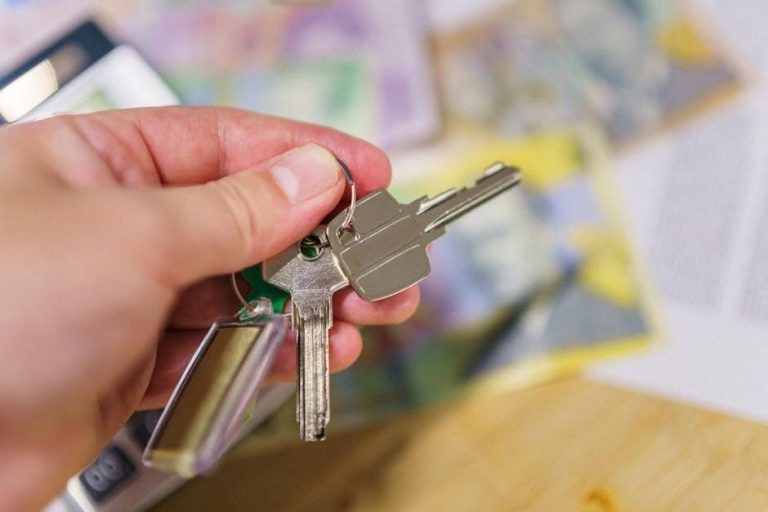Learning arithmetic and geometric sequences requires practice with worksheets, available as pdf downloads, introducing key concepts and formulas for sequence identification and calculation, using online resources for educational purposes effectively always.
Definition of Arithmetic and Geometric Sequences
An arithmetic sequence is defined as a sequence of numbers in which the difference between consecutive terms is constant, and a geometric sequence is a sequence of numbers where each term after the first is found by multiplying the previous term by a fixed, non-zero number called the common ratio.
These sequences can be used to model real-world phenomena, such as population growth or financial transactions, and are essential concepts in mathematics and other fields, with many online resources, including worksheets and practice problems, available to help students learn and understand these sequences.
The definition of arithmetic and geometric sequences is crucial in understanding how to identify and work with these sequences, and is a fundamental concept in mathematics, with many applications in science, engineering, and other fields, and can be found in various online resources, including worksheets and practice problems, to help students learn and understand these sequences, and to prepare them for more advanced mathematical concepts.
Identifying Arithmetic and Geometric Sequences
Identify sequences using online worksheets and formulas, determining sequence type and calculating terms, with pdf downloads available for practice and review, using algebraic methods and techniques always effectively online.
Characteristics of Arithmetic Sequences
Arithmetic sequences have distinct characteristics, including a common difference between consecutive terms, which can be determined using online worksheets and formulas. The general formula for an arithmetic sequence is given by a_n = a_1 + (n-1)d, where a_n is the nth term, a_1 is the first term, and d is the common difference. This formula can be used to find any term in the sequence, and it is essential for solving problems involving arithmetic sequences. Online resources, such as worksheets and practice exercises, can help students master the characteristics of arithmetic sequences and develop problem-solving skills. By using these resources, students can learn to identify arithmetic sequences, find the common difference, and calculate terms using the general formula. Additionally, online worksheets can provide students with a wide range of practice problems, from simple to complex, to help them develop a deep understanding of arithmetic sequences and their characteristics. With consistent practice and review, students can become proficient in working with arithmetic sequences and apply their knowledge to real-world problems. Arithmetic sequences are a fundamental concept in mathematics, and understanding their characteristics is crucial for success in algebra and other math subjects.
Worksheet on Arithmetic and Geometric Sequences
Online worksheets provide practice problems, including arithmetic and geometric sequences, with answers available in pdf format for easy download and printing, helping students learn effectively always online.
Examples of Arithmetic and Geometric Sequences
Examples of arithmetic sequences include the numbers 2, 5, 8, 11, where each term increases by 3, and geometric sequences like 2, 6, 18, 54, where each term is multiplied by 3.
These sequences can be found in various real-world applications, such as population growth, financial transactions, and scientific measurements, making them essential concepts to understand.
Online resources provide numerous examples of arithmetic and geometric sequences, along with their formulas and calculations, to help students learn and practice these concepts, including worksheets with answers available in pdf format for easy reference.
By studying these examples and practicing with worksheets, students can develop a deeper understanding of arithmetic and geometric sequences, enabling them to solve problems and apply these concepts to real-world situations effectively.
Additionally, online tutorials and video lessons can provide further explanations and examples, helping students to grasp the underlying principles of arithmetic and geometric sequences, and to become proficient in identifying and calculating these sequences.
Applications of Arithmetic and Geometric Sequences
Arithmetic and geometric sequences have numerous practical applications in finance, science, and engineering, using formulas and calculations to solve problems and model real-world phenomena effectively always online.
Real-World Problems Involving Arithmetic and Geometric Sequences
Arithmetic and geometric sequences are used to model various real-world phenomena, such as population growth, financial transactions, and scientific measurements.
For instance, a company’s profit can be modeled using an arithmetic sequence, where the profit increases by a fixed amount each year.
On the other hand, the growth of a bacterial culture can be modeled using a geometric sequence, where the population doubles at a fixed interval.
These sequences are also used in finance to calculate interest rates, investments, and loans.
Furthermore, geometric sequences are used in computer science to model the growth of algorithms and data structures.
Real-world problems involving arithmetic and geometric sequences require the ability to identify and analyze the sequence, and to use formulas and calculations to solve the problem.
By practicing with worksheets and online resources, students can develop their skills in solving real-world problems involving arithmetic and geometric sequences.
Additionally, understanding these sequences can help individuals make informed decisions in their personal and professional lives.
Overall, arithmetic and geometric sequences are essential tools for modeling and solving real-world problems.
They have numerous applications in various fields, and their importance cannot be overstated.
Answers to Arithmetic and Geometric Sequences Worksheet
Answers are provided in the pdf download, including step-by-step solutions and explanations for each problem, helping students understand and review arithmetic and geometric sequences effectively always online.
Solutions to Example Problems
To solve example problems, students can follow a step-by-step approach, first identifying whether the sequence is arithmetic or geometric, then using formulas to find the common difference or ratio, and finally calculating the desired term or sum.
For instance, given a geometric sequence with first term 2 and common ratio 3, students can use the formula for the nth term to find the 5th term, which would be 2 * 3^(5-1) = 2 * 3^4 = 2 * 81 = 162.
Similarly, for an arithmetic sequence with first term 1 and common difference 2, students can use the formula for the nth term to find the 10th term, which would be 1 + (10-1) * 2 = 1 + 9 * 2 = 1 + 18 = 19.
By working through these example problems and solutions, students can develop a deeper understanding of arithmetic and geometric sequences and improve their problem-solving skills, making them more confident and proficient in mathematics, which is essential for success in various fields, including science, technology, engineering, and mathematics.



